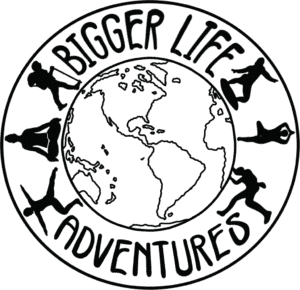Rivers, Mayan Temples, and Colonial Pirates in Mexico
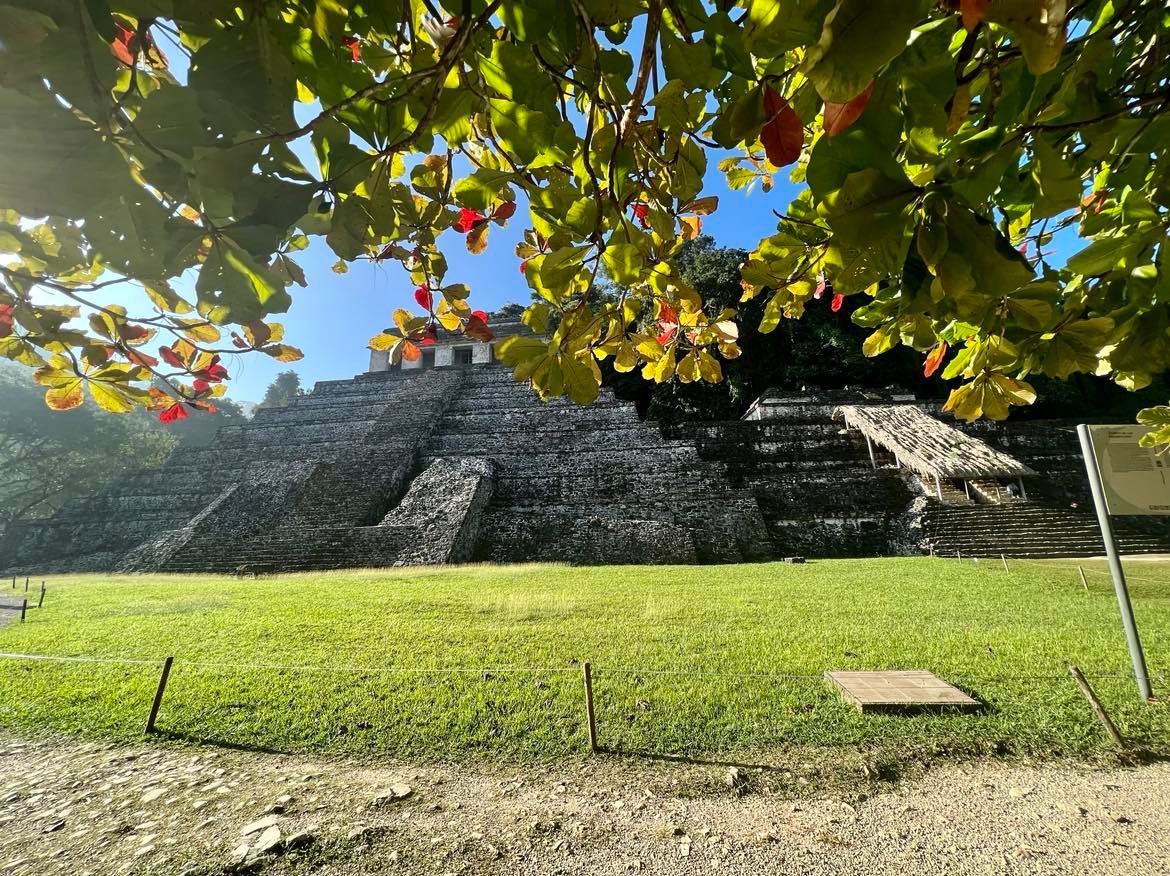
Rivers, Mayan Temples, and Colonial Pirates in Mexico
So we went deep into the lands of the Mayans. A land where grand cities, roads, peoples, and foods played a huge role in shaping present-day Mexico. Our first stop was the city of Palenque, a modern city next to the ancient one of the same name. We spent the night in town then headed out first thing in the morning to see the ruins. The first glimpse was magical — morning light filtering through palm leaves landing upon giant stone steps. Arriving before the big tours, we were able to climb up the pyramids almost alone, the tranquil jungle surrounding us. We spent a few hours walking around, taking it in and absorbing the beauty of the place, the lush jungle, howler monkeys in the distance, pretty birds dancing in the trees. It was easy to see why the Mayans chose that location.
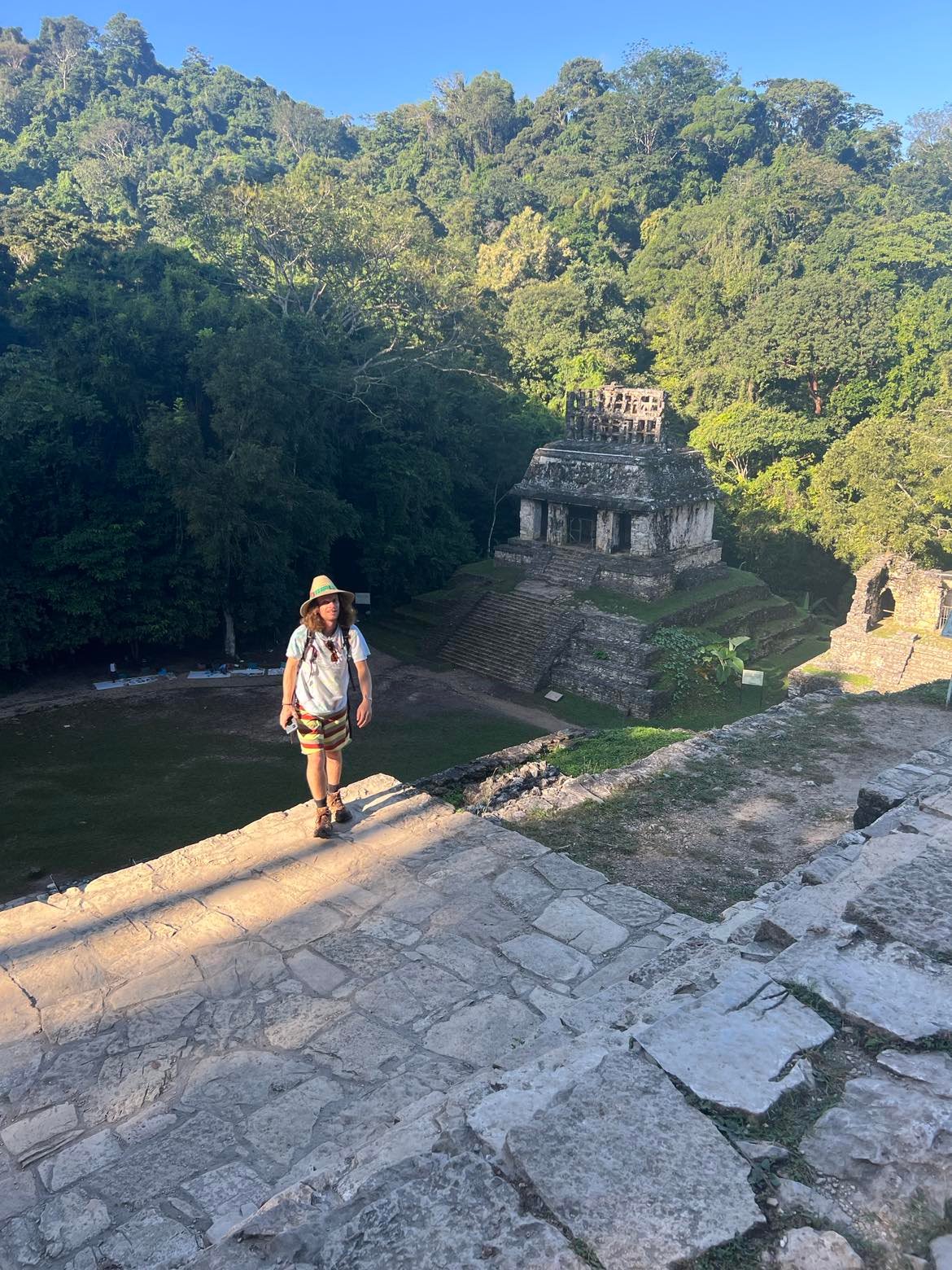
After a half-day in the ruins, we went to swim in the rivers and visit waterfalls. There are several amazing swimming spots around Palenque — Misol Ha, Agua Azul, and Roberto Barrios. They all had amazing waterfalls, brilliant blue water, and seemed to be never ending, the river cascading through the jungle. At Agua Azul we saw some young guys on a rope swing and jumping from a high ledge. I did the jump then one of the guys took us on a whole adventure tour – swimming then jumping into fast water then climbing over little waterfalls. It was great fun, finishing back at our shoes with smiles on our faces and a little bit tired.
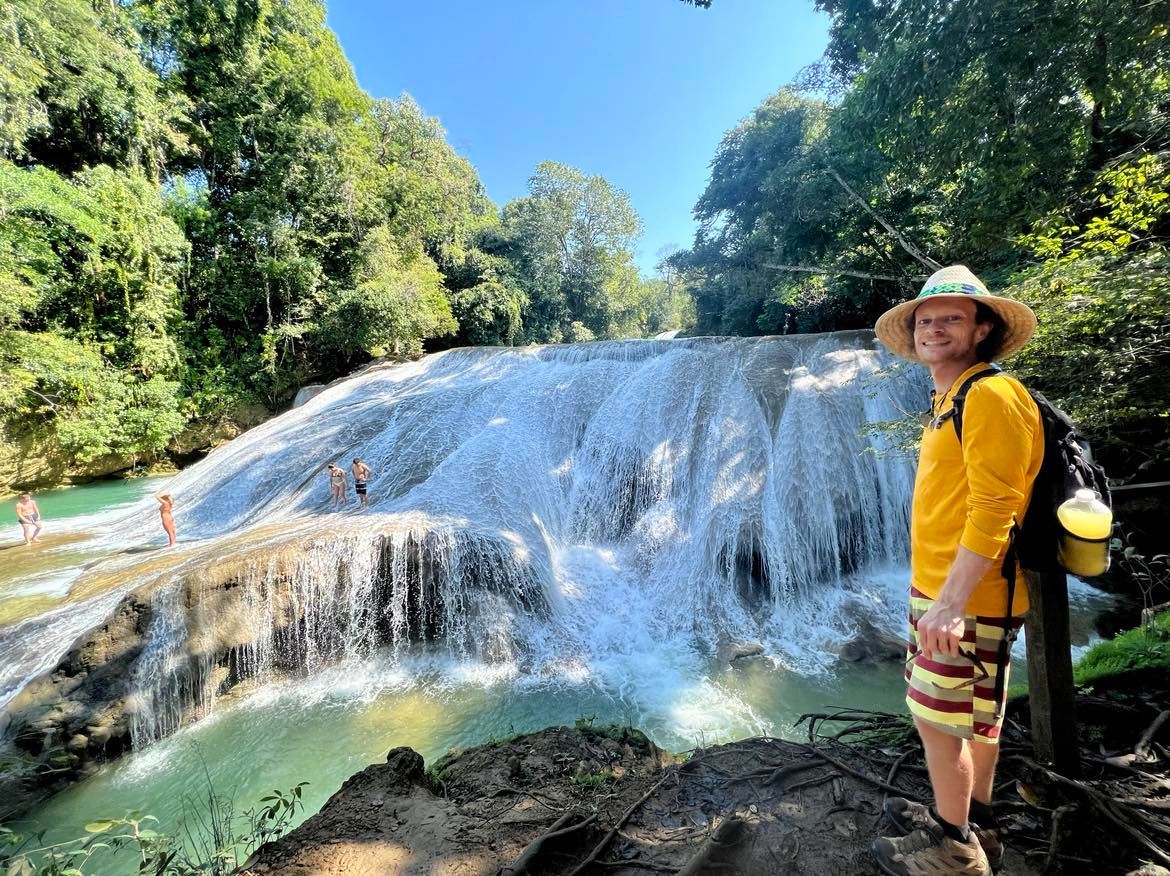
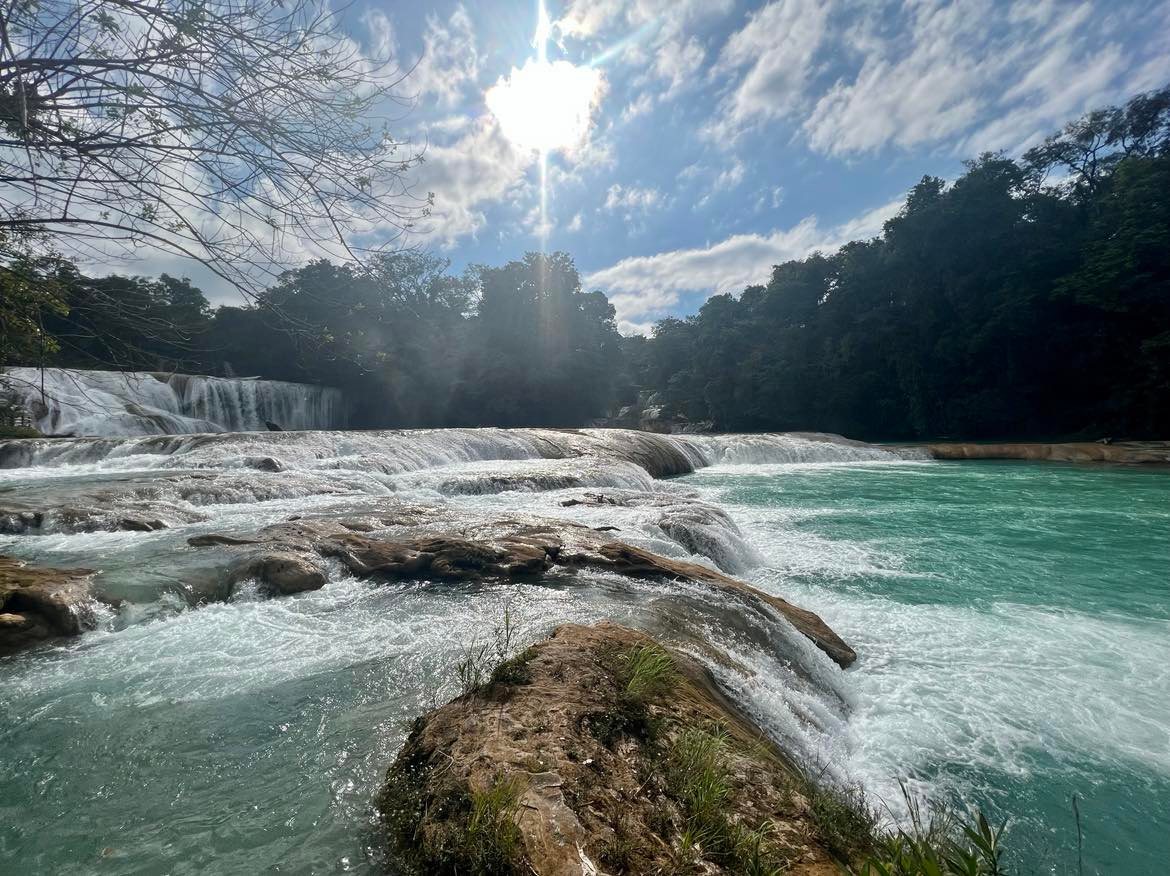
Palenque in the state of Chiapas was the end of the mountains. From there east all of the land is relatively flat which made busing around much more comfortable. The plan was to make a big loop around the Yucatan peninsula, seeing the obligatory main attractions but trying to avoid the unsustainable tourist trap beaches. We are not really the “resort” kind of people and many areas of the Yucatán cater to that type of crowd. So we set off to have a different type of Yucatán experience, or at least a taste of real life, if it’s out there.
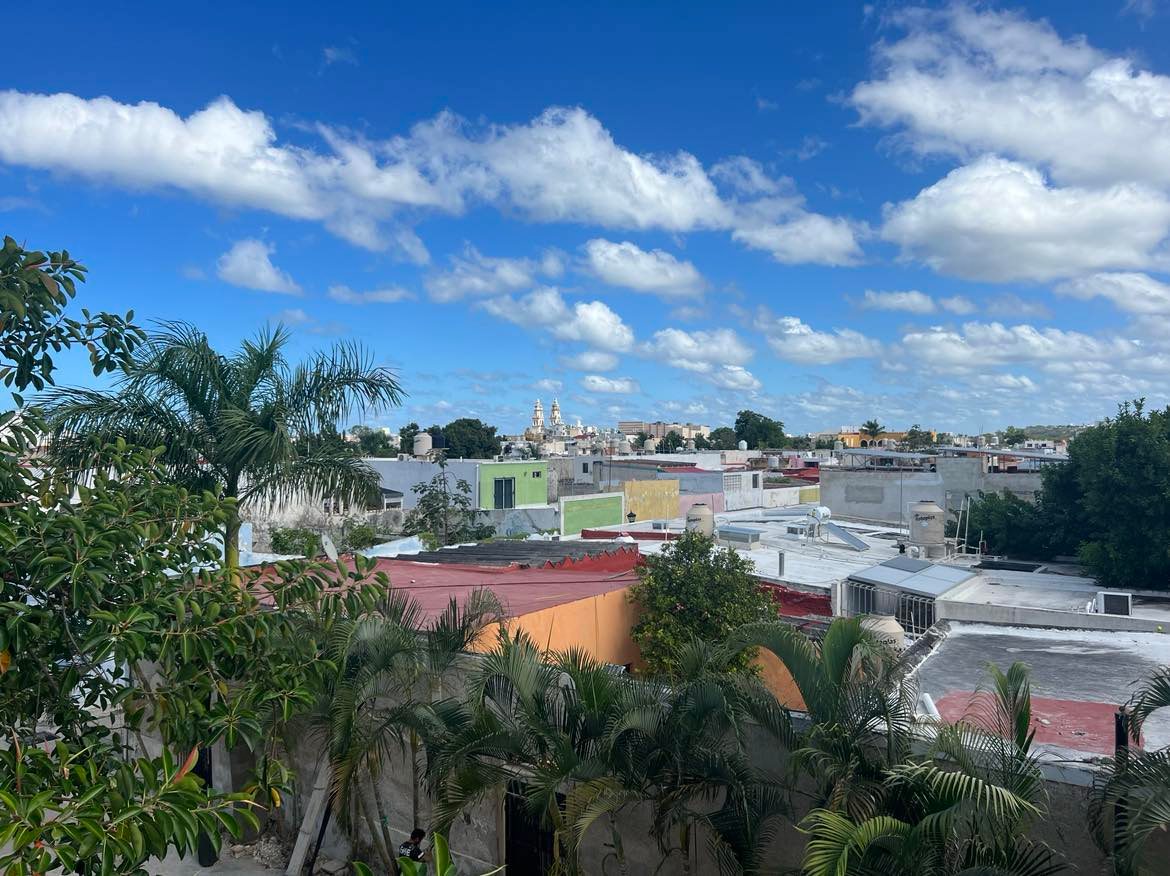
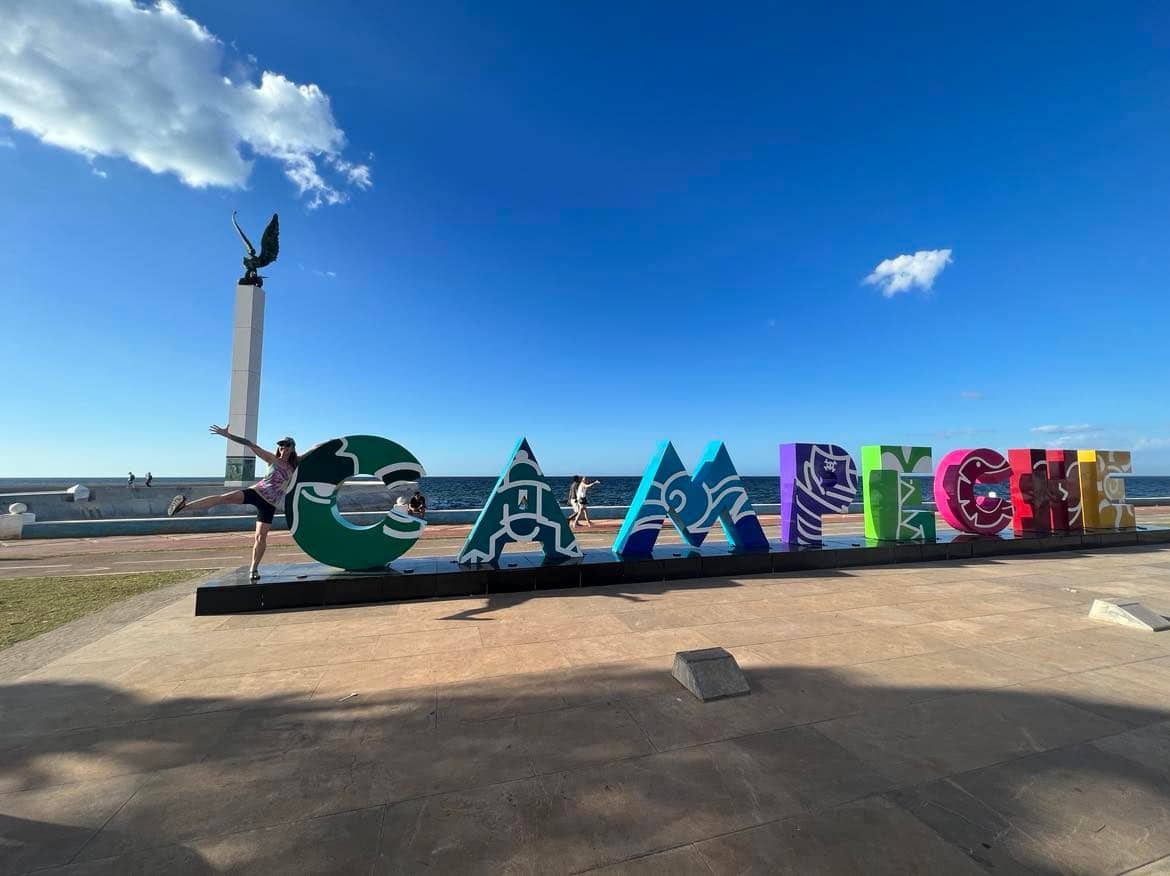
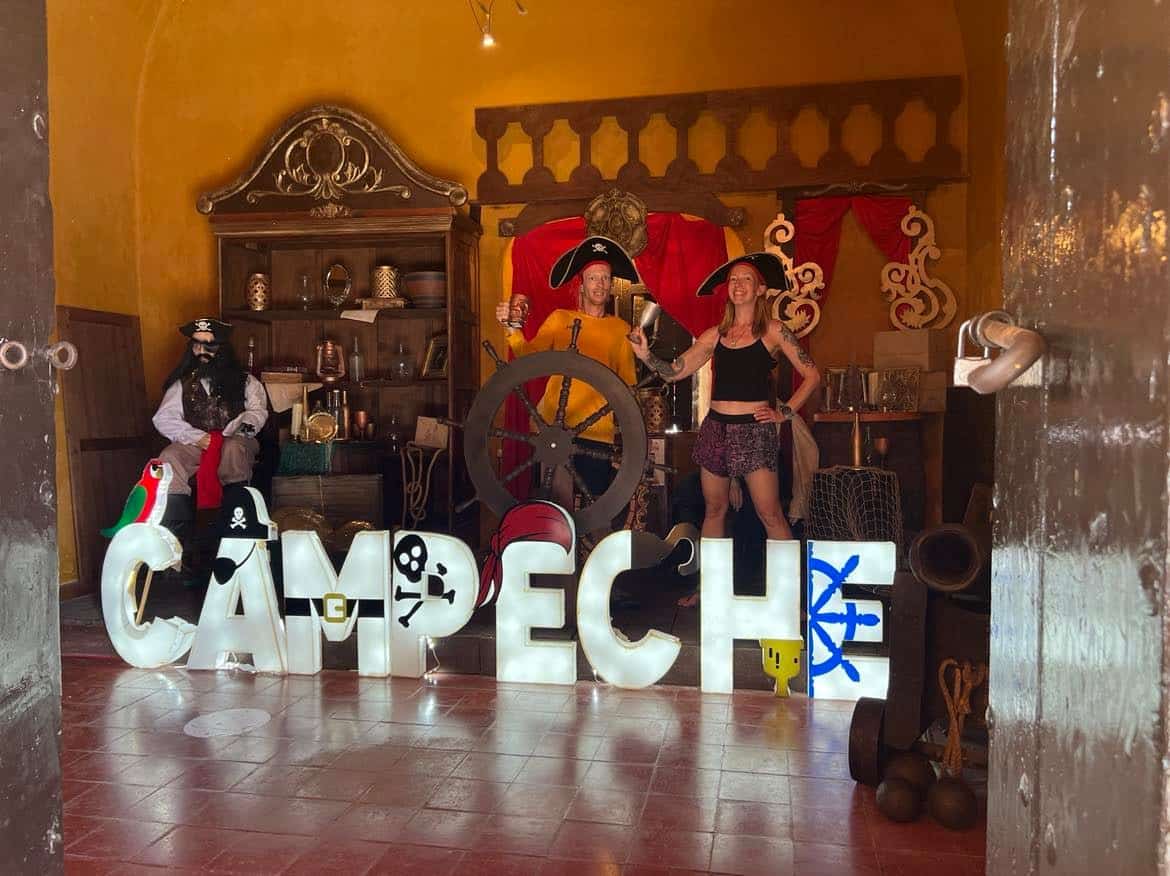
Our next stop was Campeche, a peaceful city of 250,000 on the Caribbean. We found a really nice, inexpensive AirBnB in the historic city and spent a few days there. All of the old town is inside of a massive wall built by the Spanish to keep out pirates who apparently made frequent raids on the town. It reminded us of other colonial Caribbean cities, like Cartegena, Colombia. There seemed to be a constant battle of stuccoing the colorful buildings, trying to do it faster than the salty sea breeze broke it down. The people were extremely friendly, happy that we made a stop in their city and telling us all about the local foods and such. Mexican people love to talk about food; I believe its the number one topic of conversation. We had some really nice meals in Campeche including a three-course dinner for my birthday.
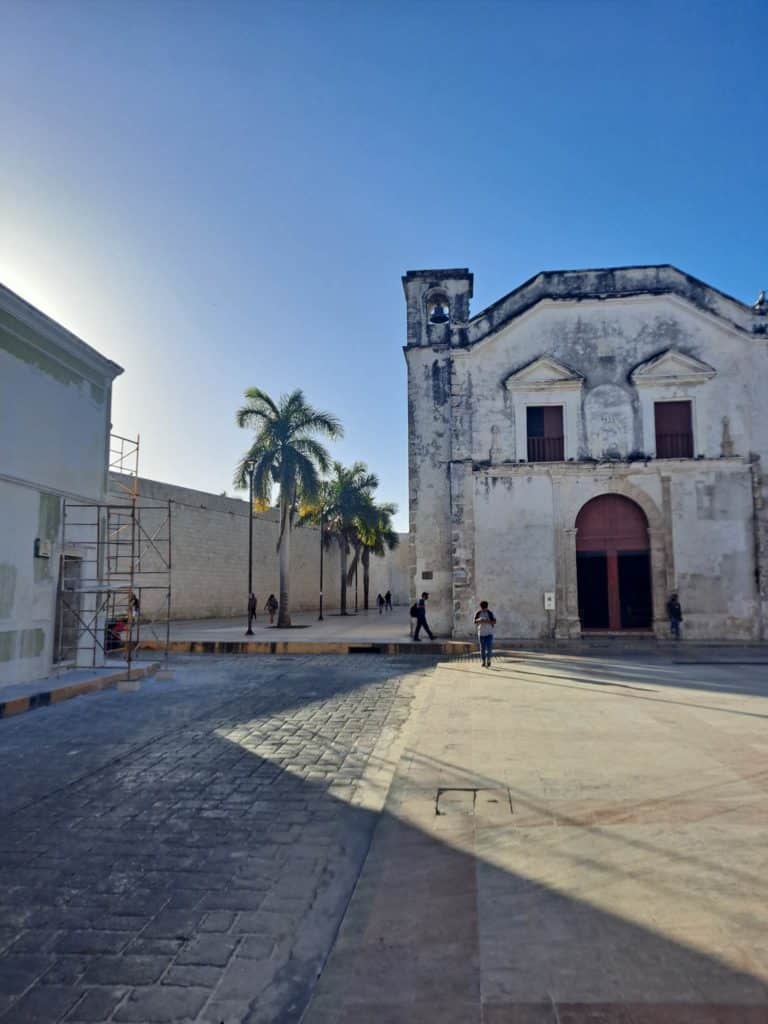
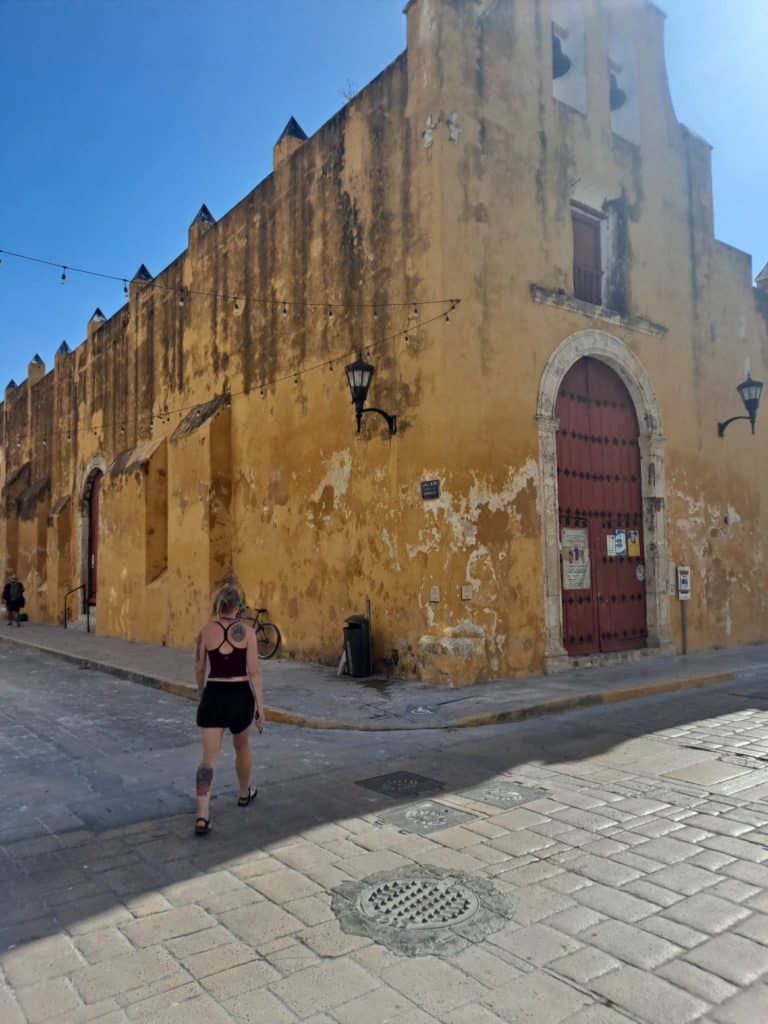
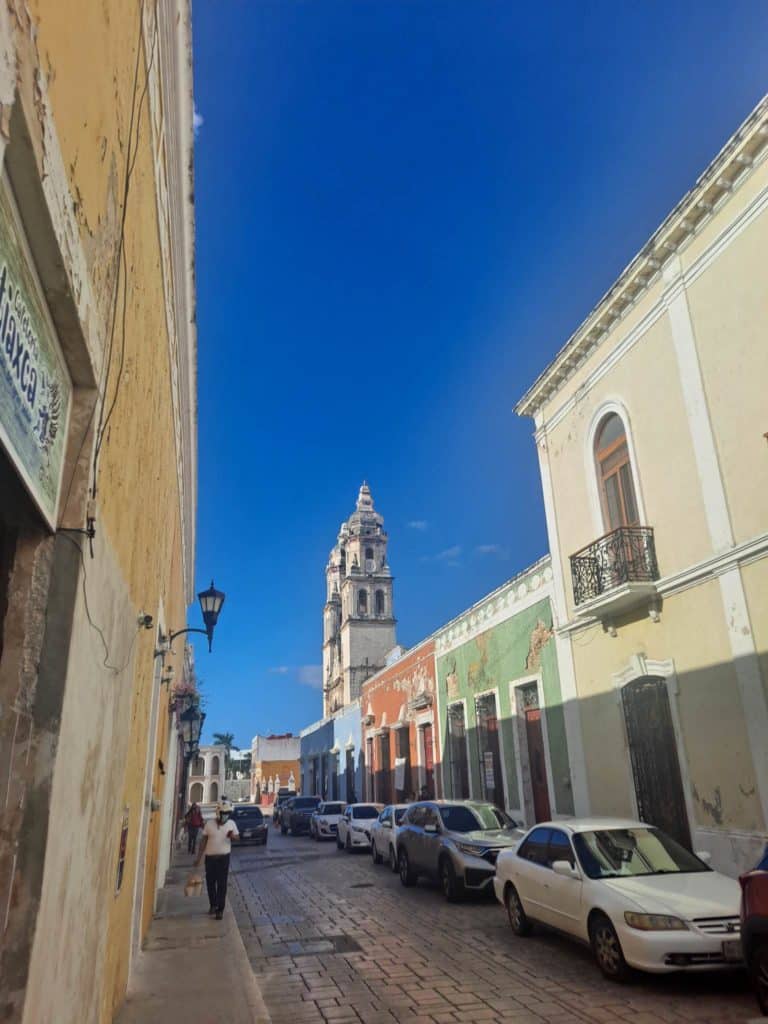
One morning we decided to check out some nearby ruins, Edzna, which was the main tourist destination in the area. Usually we just search on Google Maps “colectivo + place name” and something will come up, then we just read the reviews to make sure it’s the place we are looking for. For some activities it’s better to take the tours, but for ruins the best way is to try to get there when they open. We found the van where Google predicted, and the juice slinger fellow nearby said it was to leave “ahorita at 9am”. “Ahorita” is a combination of “now” and “little” but in Mexico it means “soonish but not now, could be in 5 minutes, could be in 5 hours…” You get the point. It’s a funny word. In this case it meant 45 minutes so we went for breakfast at the nearby market.
We picked the first spot with food and it was was delicious and simple, a torta and enfrijoladas with coffee. The older couple who served us were kind and we talked to them about local food and our travels. Back to the bus stand at 8:45 and the van was full already so we now had to wait til 9:30, but it was ok because our stomachs were full. When traveling like we do, sometimes you just spend an hour (or 3) in a random bus station, street corner, or if you’re lucky a cafe. Usually there are always people to watch or some foods to try, lots of stuff going through the bus stops. It’s a good time to strike up conversations or just read your book (we try to not always just scroll social media but it happens). I bought a frozen jamaica and a pineapple juice as we claimed our seats in the colectivo.
The roads are really good in Yucatán, really straight without a ton of crazy “topes”. We went through a few villages then soon enough landed outside the archeological site. We confirmed how often the return bus came through with the driver then went to check out the ruins. It was HOT already, but we beat the tour buses if they even went out that far. The central pyramid at Edzna was very impressive but the oppressive sun didn’t allow us to linger too long. We were able to find a few spots in the shade that were still bearable, enjoying the ruins for a bit longer then going back to town where the good ice cream shops were.
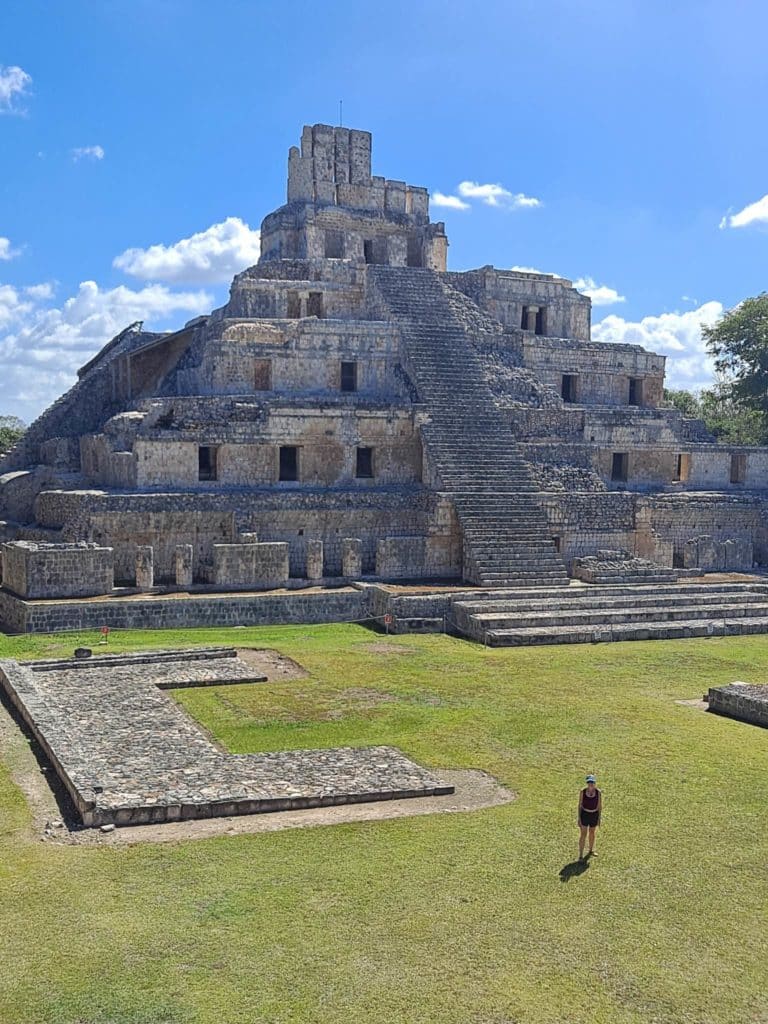
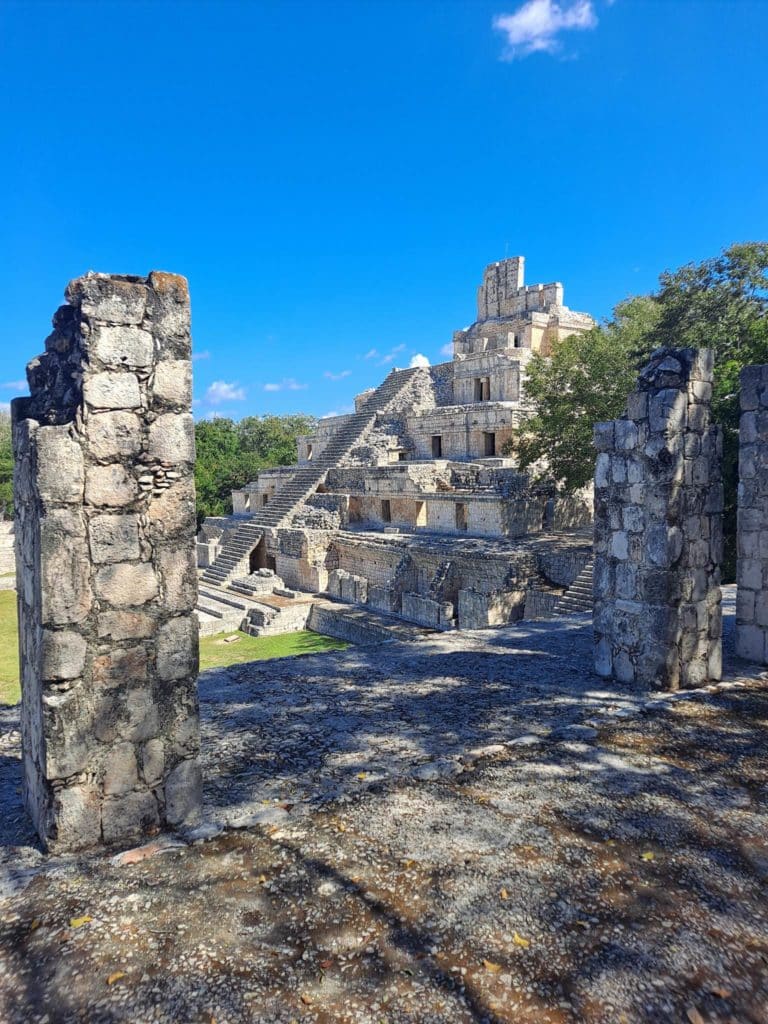
Edzna was one of the great “city states” that made up the Mayan empire. Before the arrival of the Spanish, the Mayan empire spanned all of the Yucatan peninsula and beyond since at least 2,000 BC. When Spanish explorers arrived, they asked the locals what this place was called and the locals responded “Yucatán!” meaning “I don’t understand”. It took the Spanish nearly 200 years to conquer the last Mayan city, where they dismantled their pyramids (at great effort) and destroyed any history they could find. Luckily they didn’t find the biggest pyramids deep in the jungle, and by the time they were found Mexico had gained independence and preserved them.
After many attempts at reclaiming their sovereignty, the Mayan people remain trapped between modern borders. Currently there are about 6 million Mayan people, speaking 30 different languages. Many live in modern cities but also many still live in traditional palm-thatched houses. Nowadays they put a piece of roofing metal over the peak; apparently its a weak point in the design. Many of the signs in Yucatán have three languages; Spanish, English, and Mayan. The people are very nice, have many children, and live simple lives. Many of the foods they eat are the same as they were eating when the Spanish arrived.
Between the food, people, and pyramids, one can almost imagine what things would have been like, before the horrors arriving from Europe.
“In Lak’ech Ala K’in” – “I am another yourself.” We fail as modern humans to realize our connectedness. We separate ourselves from the natural world and from other humans. The truth is that what is good for one is good for all, and what we see in others says a lot about what is lacking in ourselves. I think we could all benefit from sitting with this phrase, letting it sink in, believing that we are all connected, all part of something bigger than ourselves.
